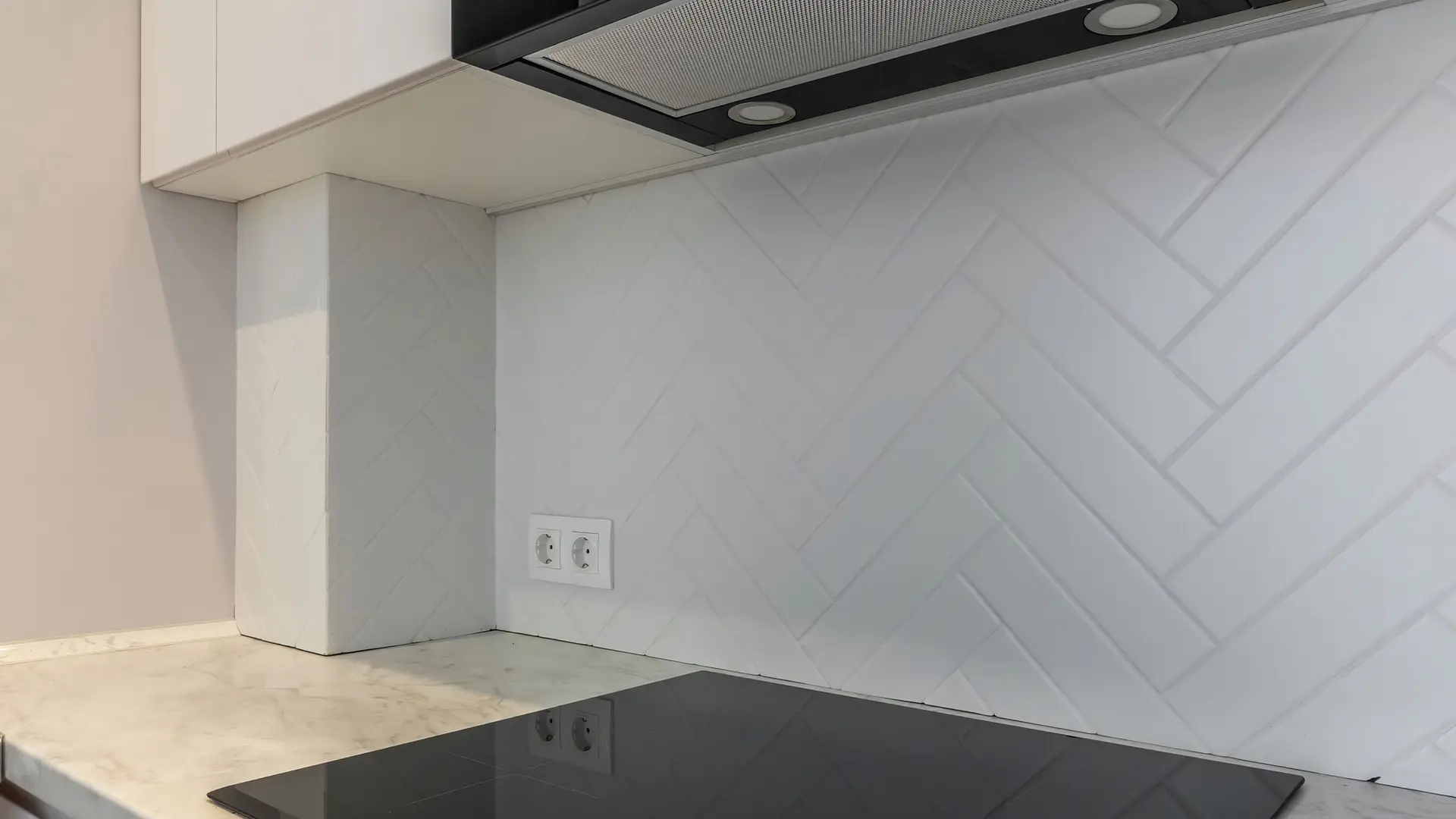Induction hob ventilation: do you always need a hood?
Induction hobs produce far less heat waste than gas or ceramic options, but you’ll still need a way to handle steam and odoursMoisture, grease, and smells released during cooking that can cling to surfaces and linger in the air.. The question is — does every induction hob actually need an extractor hood?
When a hood is recommended
In most kitchens, a cooker hood remains the best option for removing steam and smells quickly. Even though induction hobs heat only the pan, the food itself still creates vapours. Without proper extraction, these can settle on cabinets, walls, and ceilings — especially in small or closed spaces.
When you can go without
If you have a vented induction hob, you already have built-in extraction. These combine the hob and fan into one system, drawing steam downwards as you cook. In open-plan kitchens or homes with powerful recirculation filters, a separate hood may not be essential — though it can still help with heavy frying or boiling.
Best practice for ventilation
Even if your hob includes integrated extraction, good kitchen airflow matters. Keep windows slightly open, clean grease filters regularly, and use the fan a few minutes after cooking to clear lingering moisture. This keeps your kitchen fresh and reduces condensation around cabinets and walls.
- All Posts
- Cooker Hood Guides & Advice
- Dishwasher Guides & Advice
- General Appliance Guides & Advice
- Hob Guides & Advice
- Laundry Guides & Advice
- Microwave Guides & Advice
- Oven Guides & Advice
- Wine Cooler Guides & Advice

Learn what “frost-free” means for your freezer and how it keeps ice from forming. Discover the benefits and tips for...
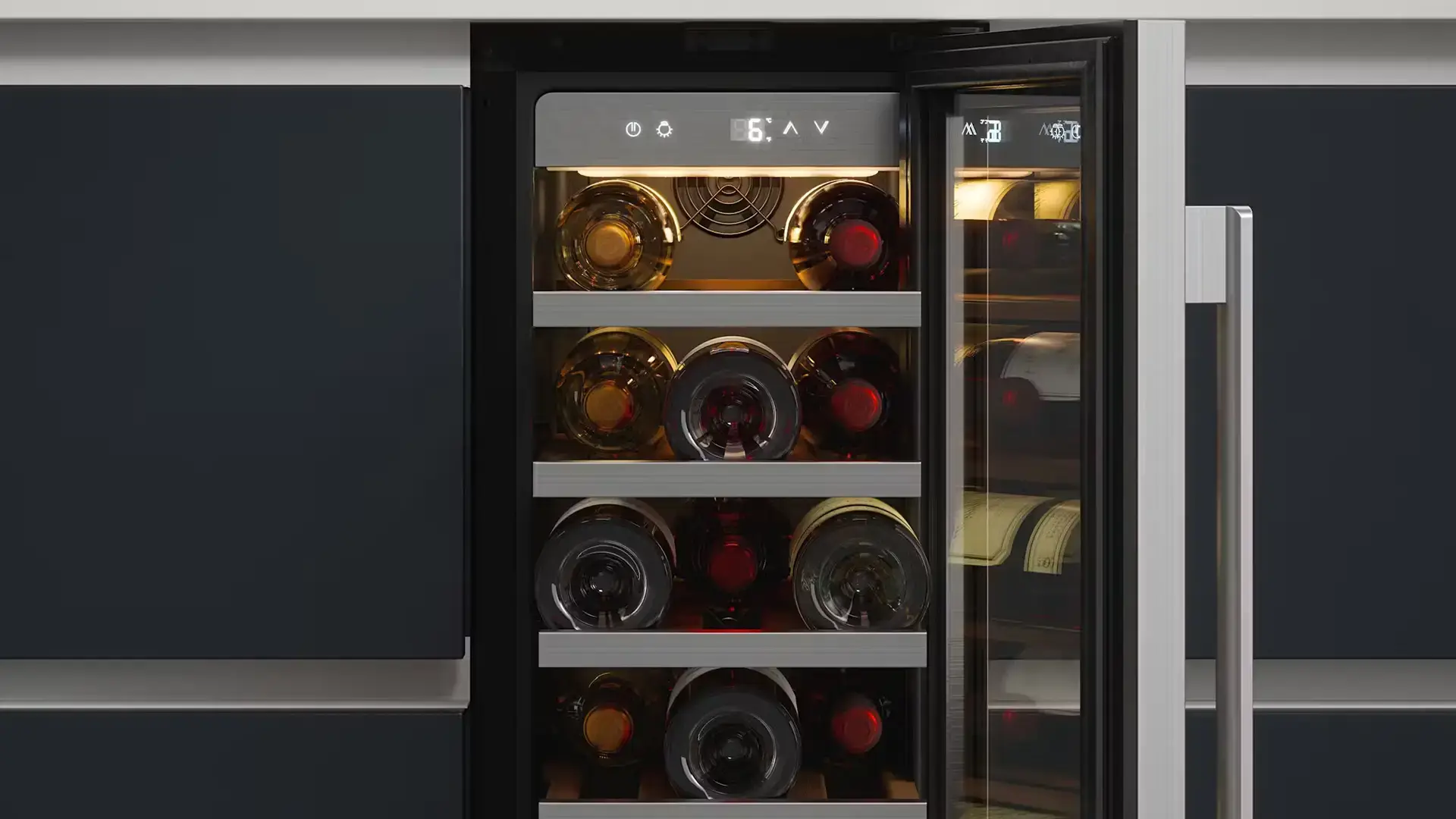
Discover the ideal temperatures for red, white, rosé & sparkling wines. Serve perfectly every time – read our quick guide...

Confused about cooker hoods? Discover which type is best for your kitchen with this easy guide. Compare styles, features &...
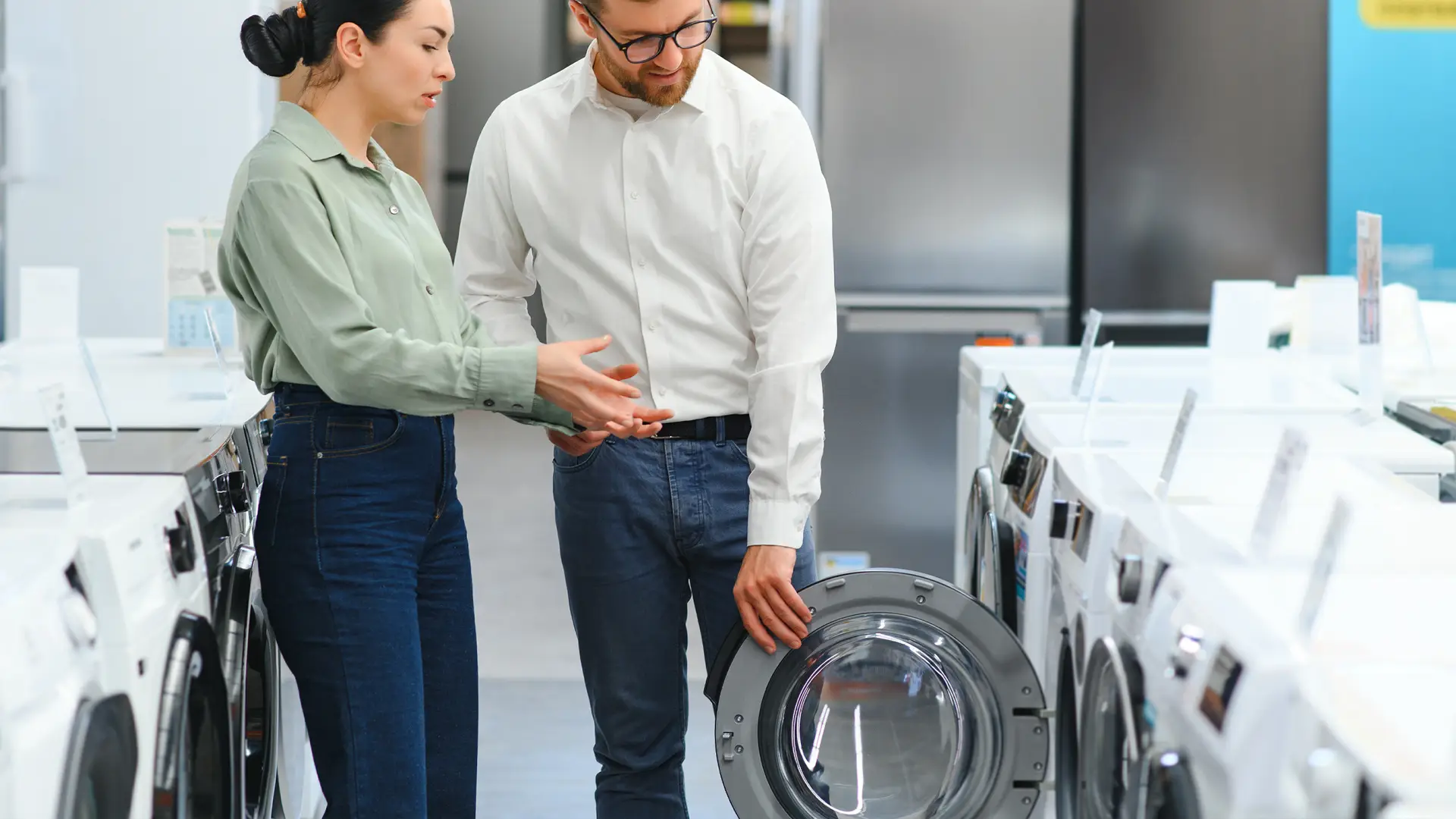
Integrated vs freestanding laundry appliances – compare looks, cost, and convenience to find the best fit for your home. Read...

Home / Appliance Guides & Advice How Much Water Does a Dishwasher Really Use Per Cycle? Many people assume dishwashers waste...
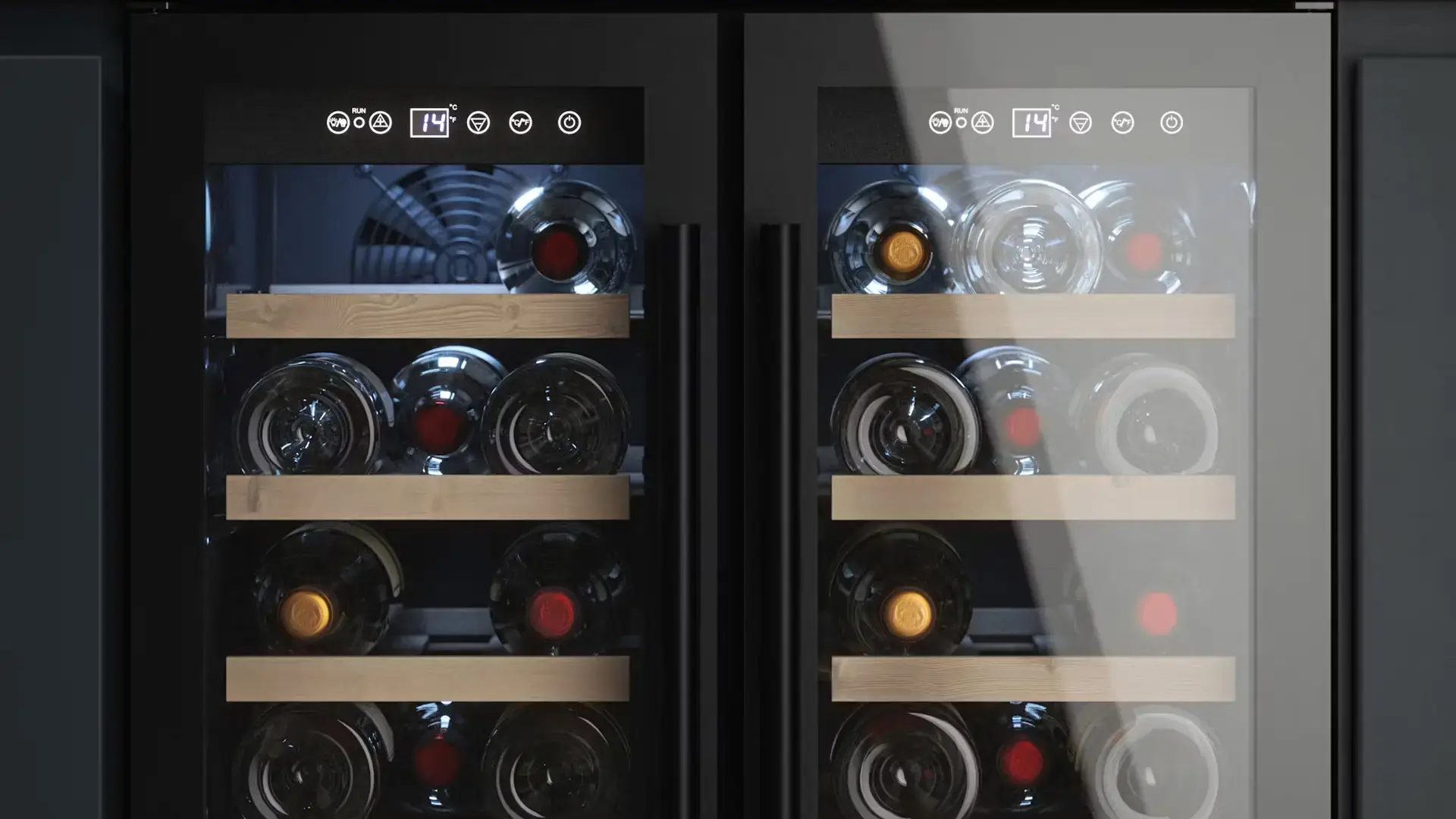
Discover how energy-efficient modern wine coolers are, compare running costs, and learn tips to reduce energy use. Keep your wine...
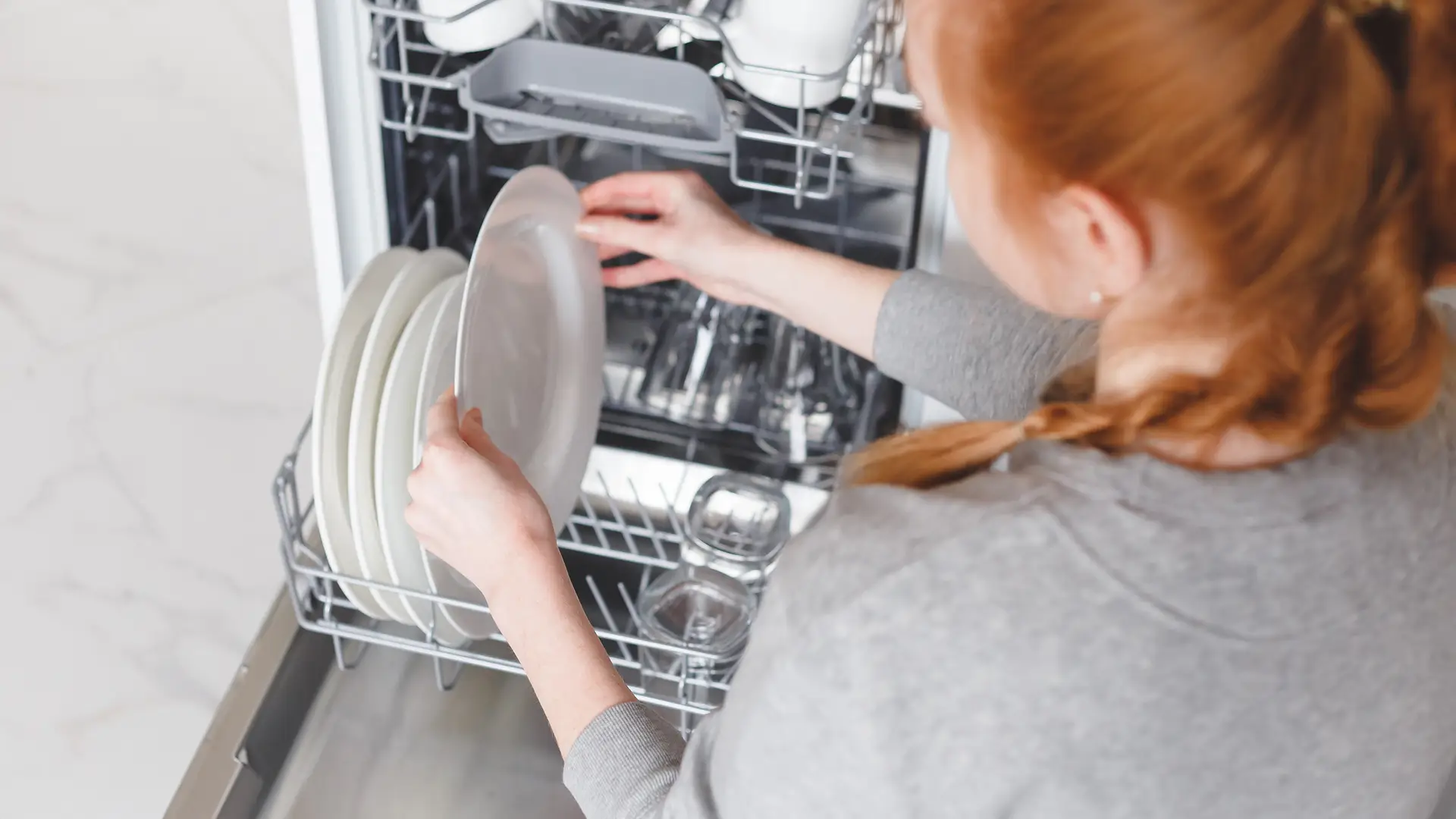
Discover which dishwasher cycles save the most energy. Learn how Eco and Auto modes reduce costs while keeping your dishes...

Discover the quietest cooker hoods for open-plan kitchens. Learn how to choose low-noise extraction while keeping your space fresh and...
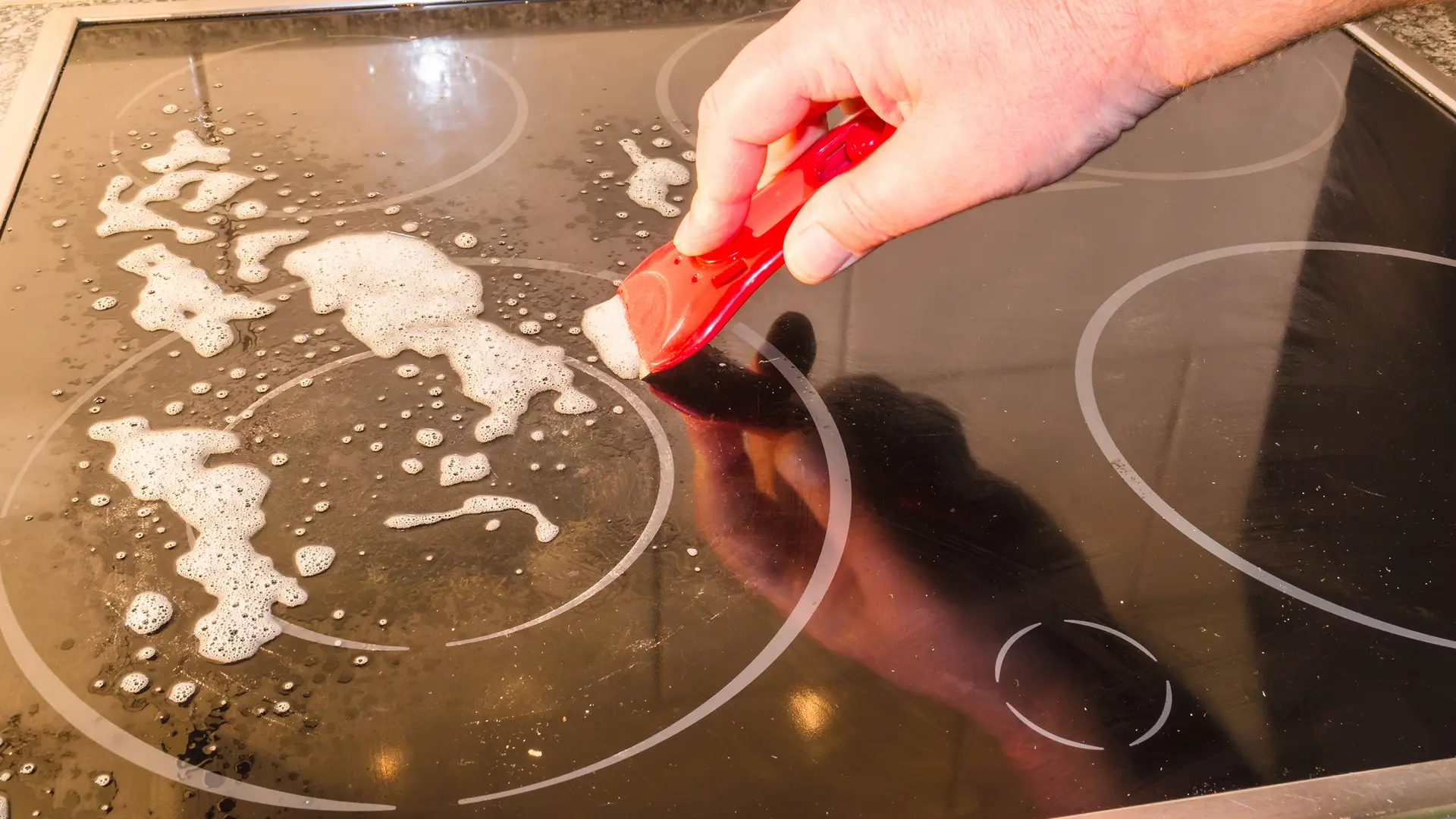
Learn whether induction hobs scratch easily and how to prevent damage. Discover simple cleaning and care tips to keep your...
